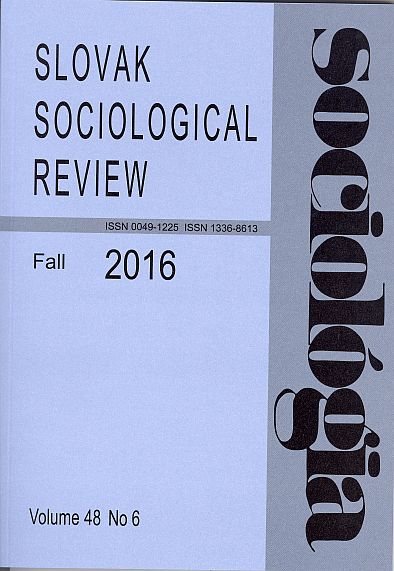The „Real“ Old Age and the Transition between the Third and Fourth Age
The „Real“ Old Age and the Transition between the Third and Fourth Age
Author(s): Marcela Petrová KafkováSubject(s): Health and medicine and law, Gerontology, Welfare services
Published by: SAV - Slovenská akadémia vied - Sociologický ústav
Keywords: older adults; third age; fourth age; agency; SHARE; the Czech Republic;
Summary/Abstract: My paper focuses on the relation between chronological age and health. I understand health decline as an indicator of the transition into the fourth age. Currently the definition of the fourth age has been somewhat unclear. Some of the authors consider the fourth age as a synonym of the oldest-old and they define individuals in the fourth age based on their chronological age, mostly between 75 and 80 years. From the perspective of social gerontology, however, such a view is insufficient. Fourth-agers might be characterized especially by the loss of agency, ability to care and to make decisions about themselves. The SHARE data analysis for the Czech Republic confirmed the connection between health decline, frailty and chronological age, but it is not easy to define the exact boundary of the fourth age. Ageing is undoubtedly very individual. The frequently used boundary of 75 years seems to be unsuitable since frailty and general health decline occur more after 80 in men and women. Although the quality of life of older adults declines apparently with age, the decline is more affected by health status than chronological age. Health and quality of life are significantly influenced by the cultural and economic capital of older adults. Older adults with basic education and low income are more at risk of poorer health and lower quality of life. There are also significant gender differences. Women are more fragile, the analysis of the impact of income and education showed, however, that the relationship of gender, health and quality of life is much more complicated. To reach higher quality of life, women benefit from higher income more than men, higher education, however, brings greater benefit to men. Generally, structural factors seem to intervene in health and quality of life significantly.
Journal: Sociológia - Slovak Sociological Review
- Issue Year: 48/2016
- Issue No: 6
- Page Range: 622-640
- Page Count: 19
- Language: English

